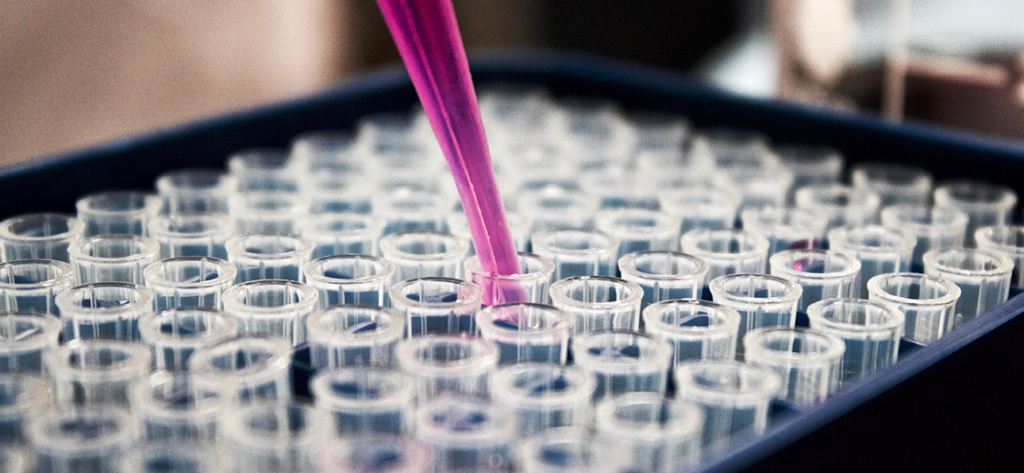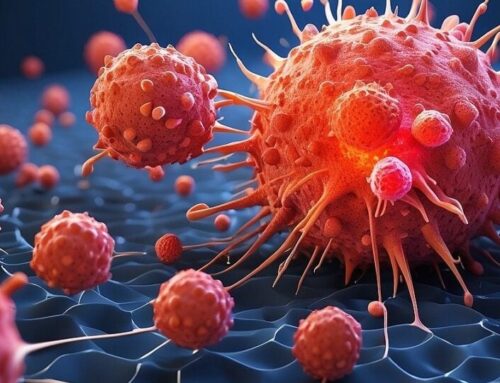Industry Trend Report|Accompanying Diagnostics: Growth Potential
With the advancement of medical technology, the average life expectancy of human beings has increased by 6 years in the past 20 years, and nearly 10% of the global population has entered the stage of aging at the age of 65, and it is estimated that the elderly population will double in 20 years, so it is no longer a dream to live well while living an old life. However, the other side of the medical technology leap, but also increase the proportion of health care expenditure in various countries, how to avoid ineffective medical treatment through policy and technological means has long become a top priority.
As the average life expectancy of the global population rises, cancer has gradually become a chronic disease that poses an increasing threat globally. 2020 cancer statistics released by the World Health Organization's International Agency for Research on Cancer (IARC) show that the annual number of cancer deaths is approaching the 10 million mark, and the number of new diagnoses is approaching the 20 million mark, which, based on the average life expectancy of the current generation of human beings, is equivalent to one out of every five people who are likely to suffer from a type of cancer in their lifetimes. With the current average life expectancy of human beings, one out of every five people is likely to develop a type of cancer in his/her lifetime, in which the emphasis on personalized and precise targeted treatment has become the obvious science of Precision Medicine.










